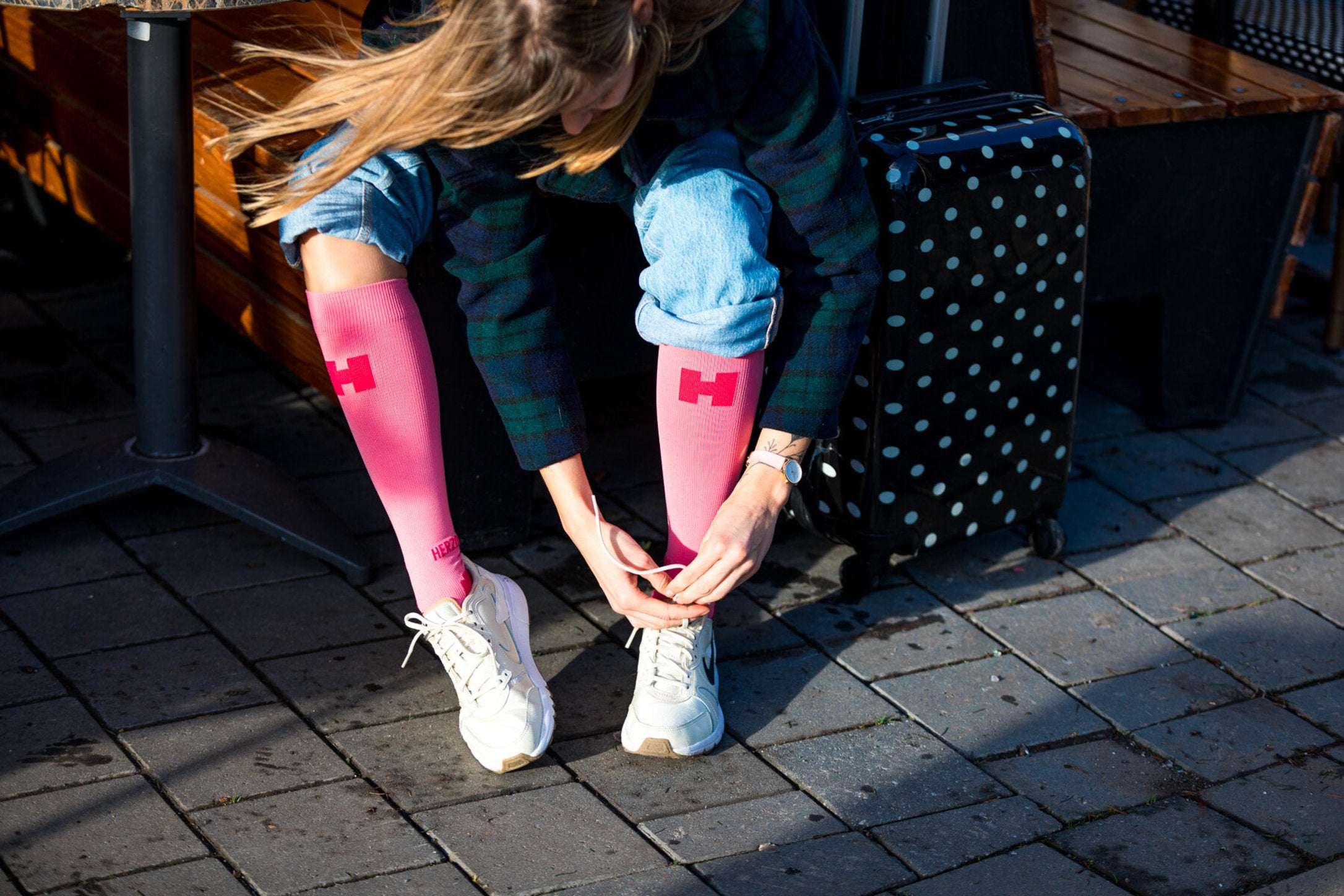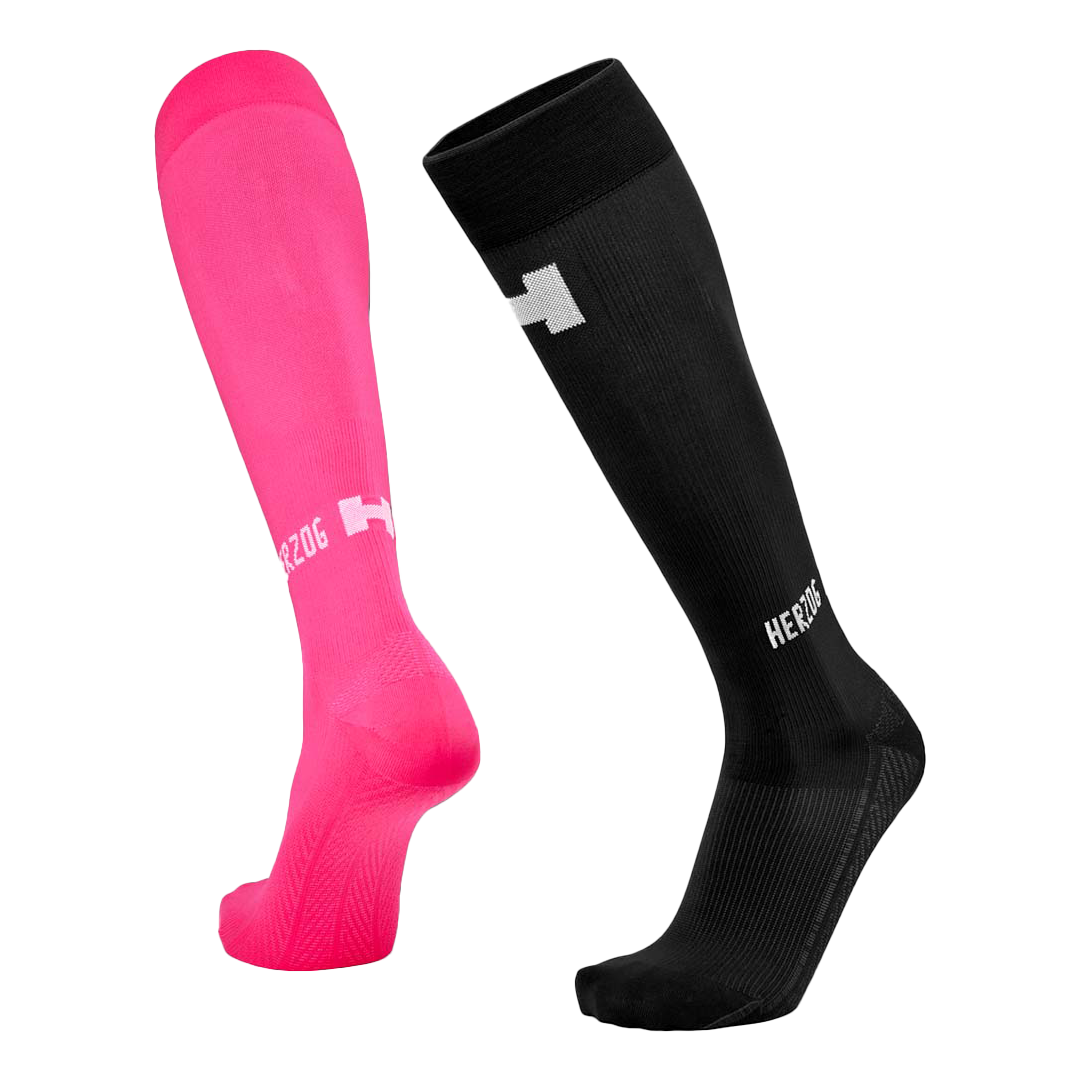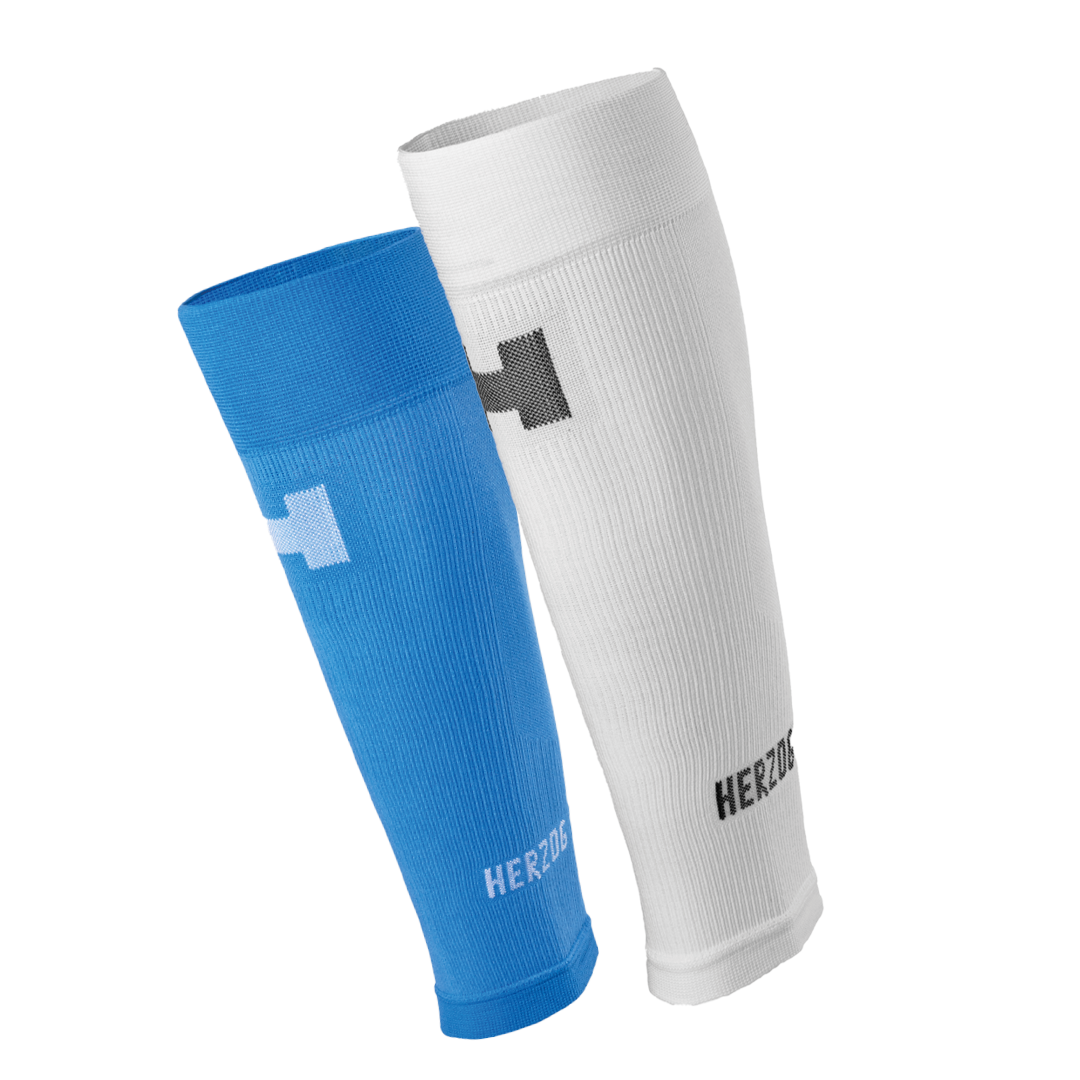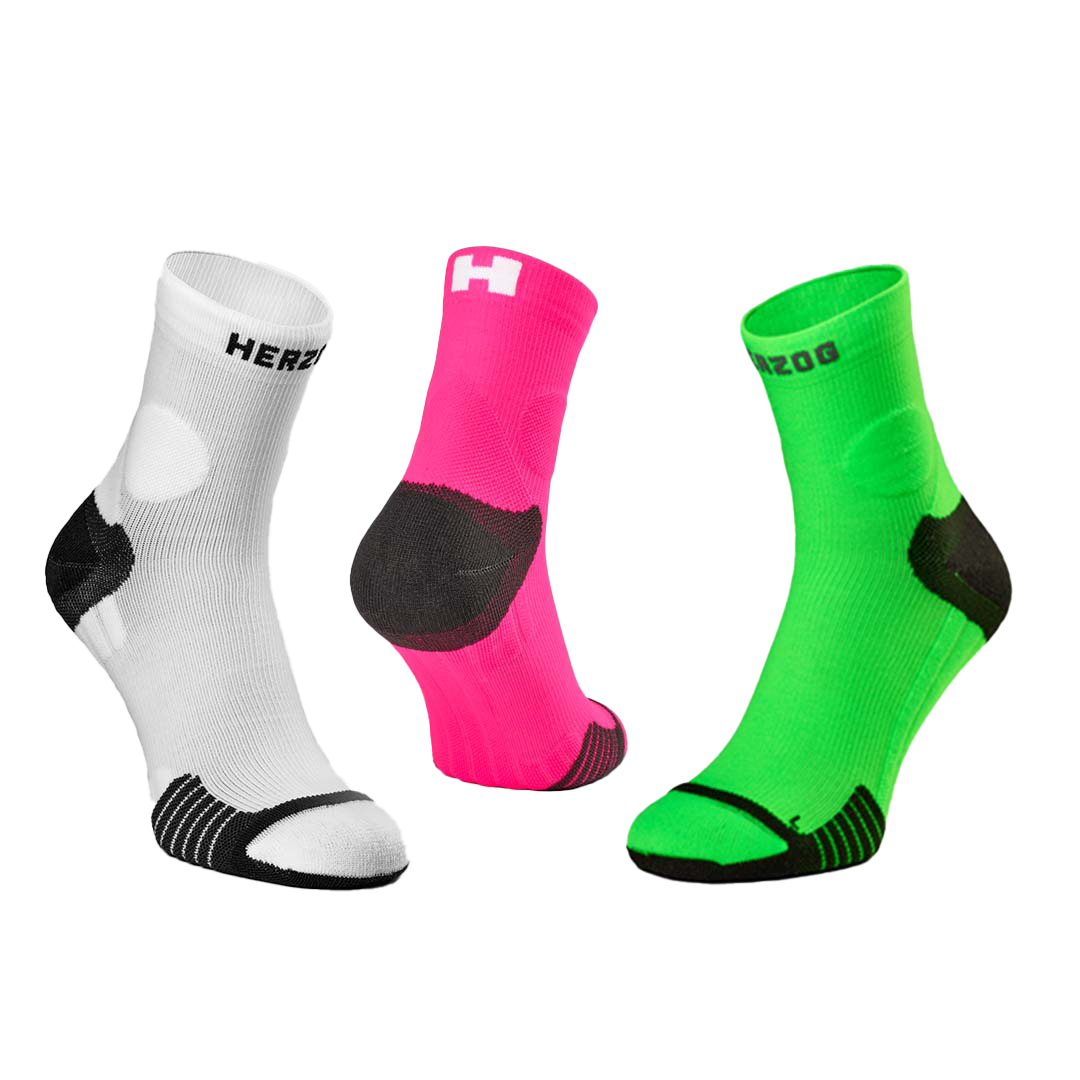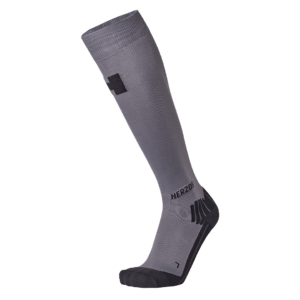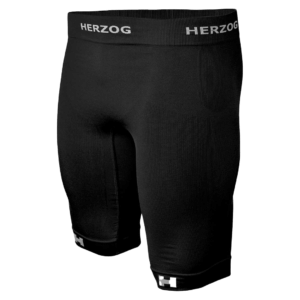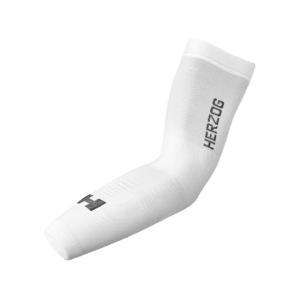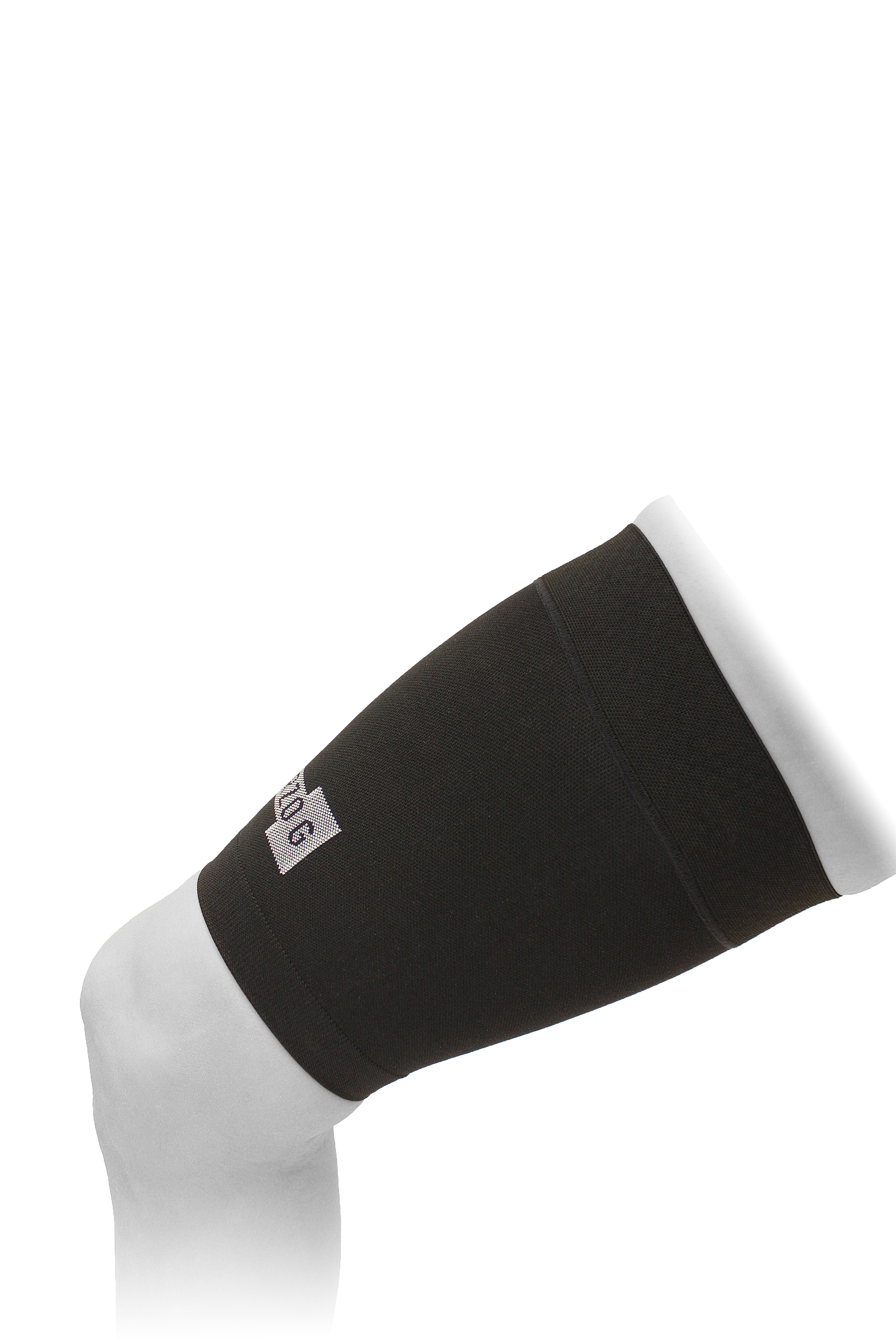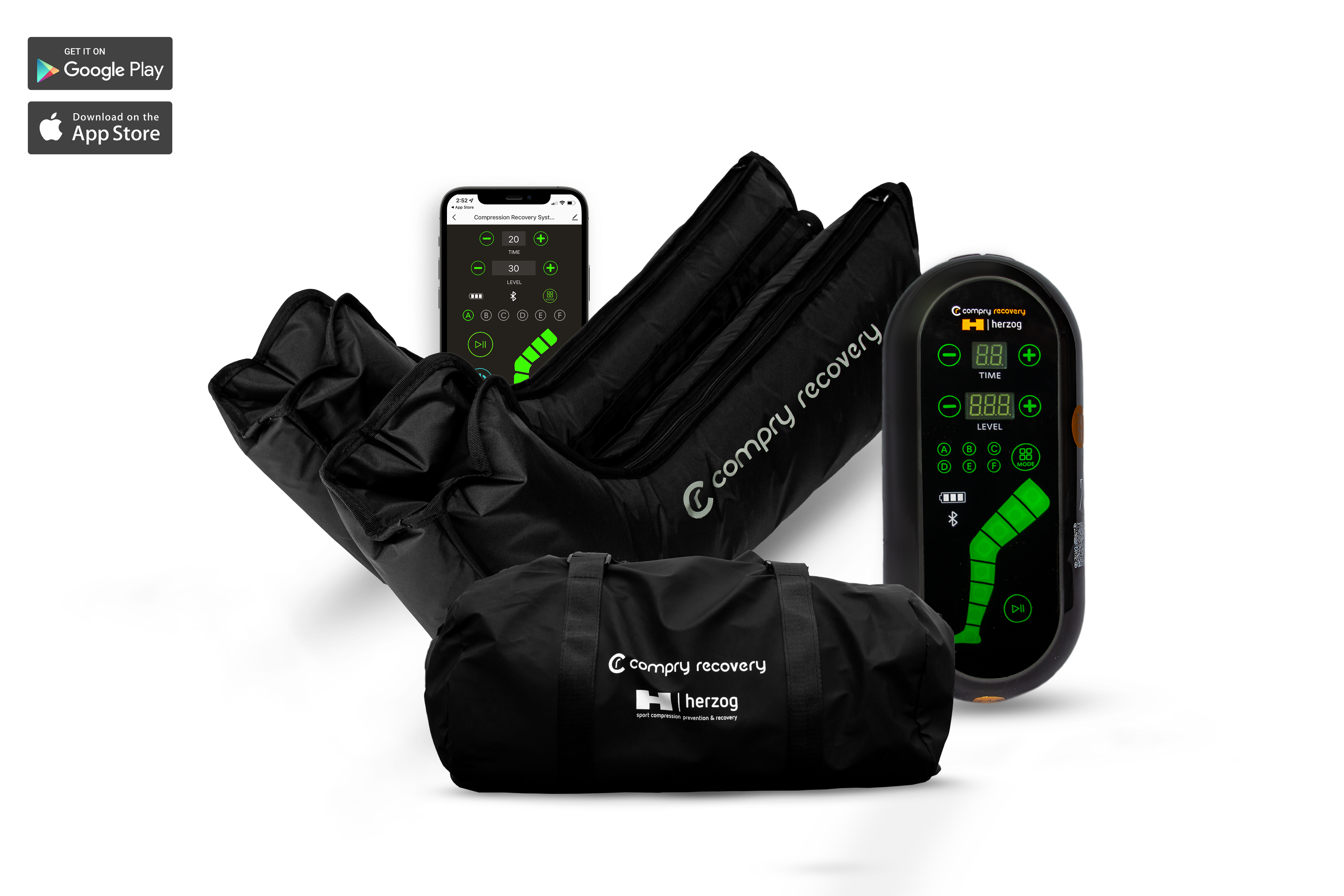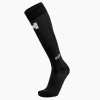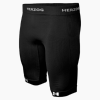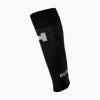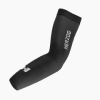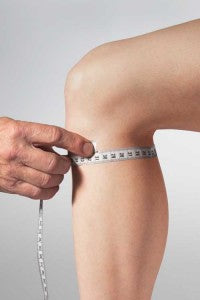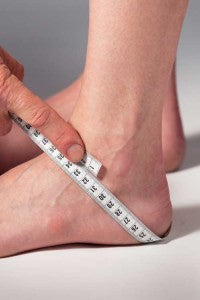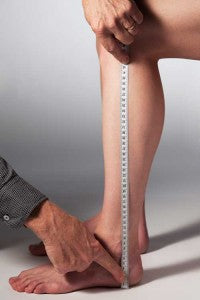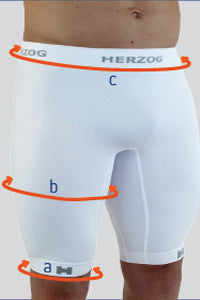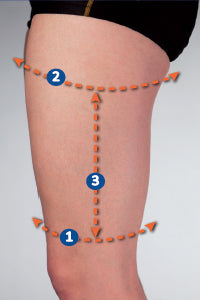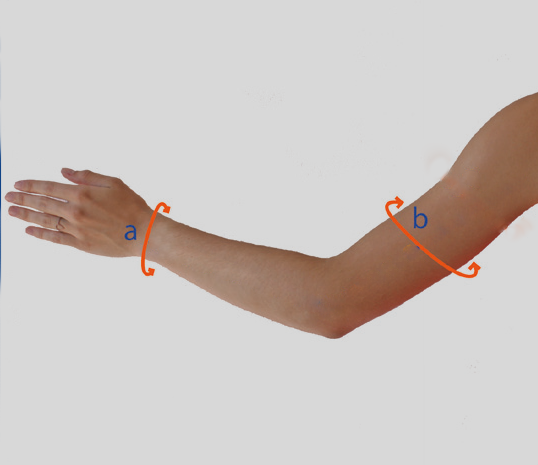Everyone now knows that the Herzog PRO Compression Socks are the best in terms of performance and functionality. Studies have shown this, among other things. But how long will the Herzog PRO Compression Socks perform optimally?
Measuring the socks
Your legs are accurately measured at five specific points and, in combination with your shoe size, this determines your compression sock size. This guarantees that the sock fits perfectly to the contours of your legs. A properly measured sock provides accurate compression of 30 mmHg around your ankle to 23 mmHg below your knee, which means you will suffer less from calf complaints, shin problems and Achilles tendon injuries. Moreover, you recover faster.
The optimal effect depends on the compression and its progression from the ankle to the knee. During use, the tension and thus the compression gradually decreases, which reduces the effect. This happens so gradually that you do not notice it immediately.
Calculate your size
Ease of putting on
An easy way to determine if your socks need replacing is to look at how easy it is to put them on. Putting on new socks is often difficult because the highest compression is exerted on your ankle and the bottom of your calf. The diameter of the sock is smallest there, which makes it difficult to put on. The larger size of your foot and the line from heel to instep should fit through this small opening. This difficult putting on proves that the correct compression is being applied to your leg, which is an advantage and not a disadvantage.
The optimal effect depends on the compression and its progression from the ankle to the knee. During use, the tension and thus the compression gradually decreases, which reduces the effect. This happens so gradually that you do not notice it immediately.
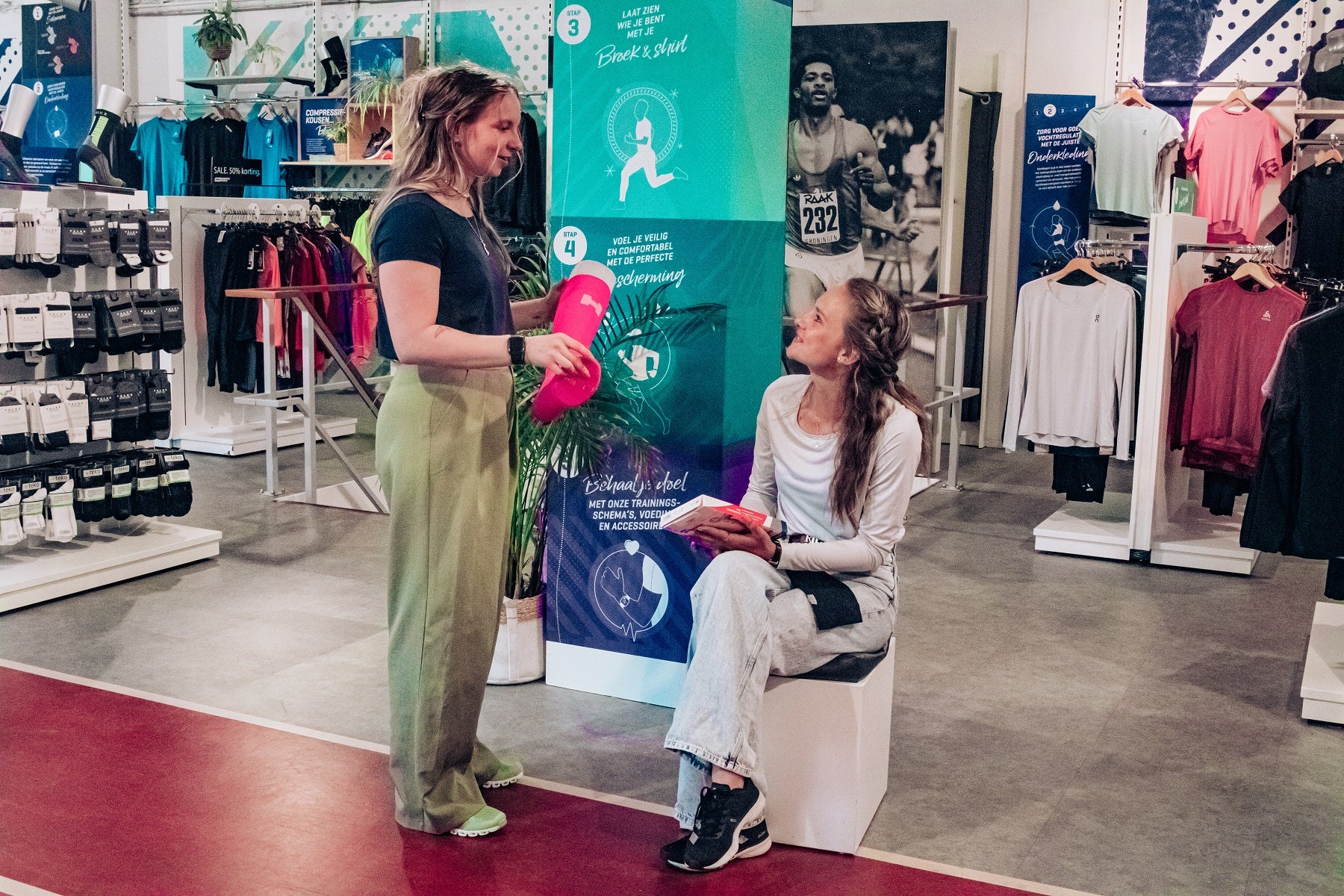
When does the compression sock needs to be replaced?
When do you know that your socks need to be replaced? Here's a simple calculation that you can adapt to your situation. Maybe you walk less or more often, or cover shorter or longer distances.
Suppose you run three times a week and wear the socks during every training session, including running in and out, and you average 10 km each time. That means 30 km per week, 120 km per month. After about six months you will have walked more than 700 km. The optimal functioning of the socks is guaranteed up to between 750 and 1000 km, which is also the lifespan of good running shoes.

Zelf de levensduur berekenen
You can make your own calculation based on your own training kilometers. If you drive more kilometers, the lifespan becomes shorter. This also applies to training. Another variable is how you put on and take off the socks. If you do this correctly, it will extend its lifespan. The same applies to the method of washing. Socks are probably washed more often than tubes, which means the tubes last longer. It is also important not to wash compression products with fabric softener.
Remember this: when you need new shoes, so do new socks. Do not buy new shoes until they have holes, but when the support and shock absorption no longer function, usually between 750 and 1000 km.
